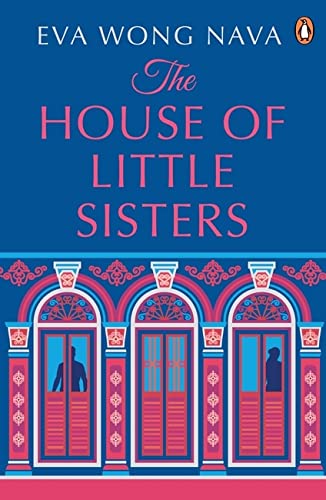The House of Little Sisters
In this atmospheric YA novel, Nava traces the plight of the mui tsai (little sisters)—unwanted girls of impoverished parents whose labor is essentially enslavement by wealthy families. Nava chooses the historical moment in 1940s Malaysia when the modern world is finally catching up with the feudal exploitation of these girls and activists begin to lobby the government to grant them human rights, education, and a future. The subject matter sounds grim, but Nava’s lyrical style captures the daily routines of life in this rich multicultural setting, where Chinese, Hindu, and Muslim traditions coexist on the eve of the Second World War. The story is alternately narrated by Lim Mei Mei, one of the mui tsai who is sold by her desperate family to work for a prosperous trading family, and by Wan Jie, the family’s older cook, who takes Mei under her wing. The women, young and old, soon realize that the outwardly serene Lee household is haunted by the “hungry ghost” of Mei’s predecessor, the unfortunate Ah Lian, whose fate Mei is likely to share unless she can discover a way out of her servitude and the predations of the Eminent Master Lee. Hope appears in the form of a devoted admirer, Hassan, and also Percy, the principled eldest son of the Lee family, whose modern education inspires him to right the wrongs perpetrated by his ancestors.
The novel offers many delights, not the least of which are the mouthwatering descriptions of Wan Jie’s traditional Malay dishes. The occasionally confusing time jumps early in the novel settle down as the narrative develops, but the ending is also abrupt and a bit simplistic. Still, this story may inspire teen readers to investigate a lesser-known region of Asian history and mythology.










